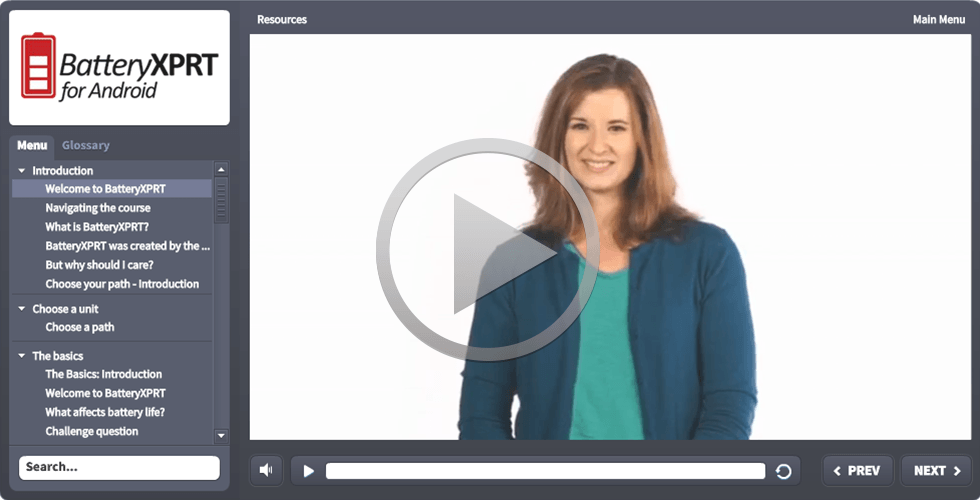Over the last several weeks, we reminded readers of the capabilities and benefits of TouchXPRT, CrXPRT, and BatteryXPRT. This week, we’d like to highlight HDXPRT. HDXPRT, which stands for High Definition Experience & Performance Ratings Test, was the first benchmark published by the HDXPRT Development Community, which later became the BenchmarkXPRT Development Community. HDXPRT evaluates the performance of Windows devices while handling real-world media tasks such as photo editing, video conversion, and music editing, all while using real commercial applications, including Photoshop and iTunes. HDXPRT presents results that are relevant and easy to understand.
We originally distributed HDXPRT on installation DVDs, but HDXPRT 2014, the latest version, is available for download from HDXPRT.com. HDXPRT 2014 is for systems running Windows 8.1 and later. The benchmark takes about 10 minutes to install, and a run takes less than two hours.
HDXPRT is a useful tool for anyone who wants to evaluate the real-world, content-creation capabilities of a Windows PC. To see test results from a variety of systems, go to HDXPRT.com and click View Results, where you’ll find scores from many different Windows devices.
If you’d like to run HDXPRT:
Simply download HDXPRT from HDXPRT.com. The HDXPRT user manual provides information on minimum system requirements, as well as step-by-step instructions for how to configure your system and kick off a test. Testers running HDXPRT on Windows 10 Creators Update builds should consult the tech support note posted on HDXPRT.com.
If you’d like to dig into the details:
Check out the Exploring HDXPRT 2014 white paper. In it, we discuss the benchmark’s three test scenarios in detail and show how we calculate the results.
If you’d like to dig even deeper, the HDXPRT source code is available to members of the BenchmarkXPRT Development Community, so consider joining today. Membership is free for members of any company or organization with an interest in benchmarks, and there are no obligations after joining.
If you haven’t used HDXPRT before, give it a shot and let us know what you think!
On another note, Bill will be attending Mobile World Congress in Shanghai next week. Let us know if you’d like to meet up and discuss the XPRTs or how to get your device in the XPRT Spotlight.
Justin














